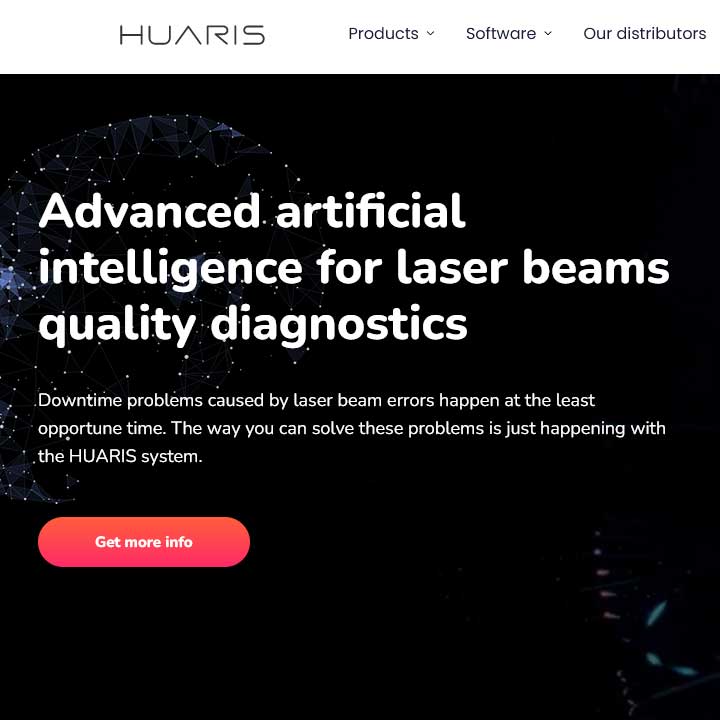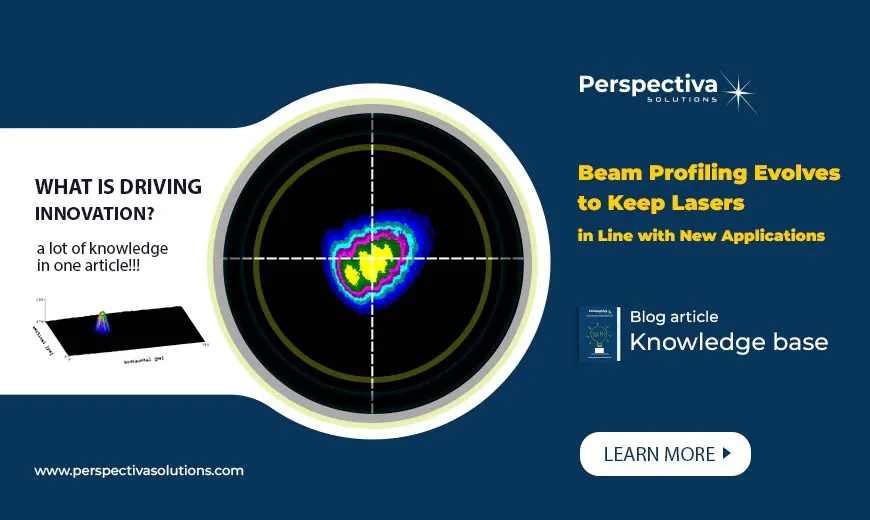Predictive maintenance technologies has emerged as a groundbreaking approach in various industries, ensuring optimal equipment performance, reducing downtime, and ultimately saving costs. In this article, we delve into the world of predictive maintenance with a specific focus on laser systems. Join us as we explore the concepts, technical intricacies, and the remarkable business analysis within […]
We are happy to share some exciting news with you! Last year, our Huaris AI platform garnered recognition and was recognized as one of Top 3 Innovations 🏆🏅🏆at the LASER World of PHOTONICS Fair in Munich. Building on that success, we have another remarkable announcement to make. This year, we are proud to announce that […]
We are excited to announce a new collaboration between Perspectiva Solutions and RPMC Lasers, aimed at establishing an exclusive distribution partnership for the Huaris product line within the United States. This strategic alliance brings together two industry-leading companies, combining their expertise in laser beam diagnostics and laser technology distribution. By joining forces, we aim to […]
If you’re interested in the latest developments in laser technology, you can’t miss an article from Photonics.com titled “Beam Profiling Evolves to Keep Lasers in Line with New Applications.”This is an excellent overview of the latest advances in laser beam profiling, the development of laser technology for measuring, monitoring and optimizing laser beam power, shape […]
Laser beam profiling is an important part of laser research, development, and production, providing critical information about the quality and performance of laser beams. One of the key components of a laser beam profiler is the camera used to capture images of the laser beam. However, not all cameras are created equal when it comes […]
Quality assurance is a critical aspect of laser system design and production, ensuring that laser systems meet the necessary specifications and perform reliably over time. In this article, we will explore the importance of quality assurance in laser systems, and discuss some of the key considerations for designing and testing laser systems to ensure their […]
Preventive and predictive maintenance are two types of maintenance strategies that can be used to keep laser systems in good working condition and minimize downtime. The specific preventive and predictive maintenance tasks will depend on the type of laser, its usage and the environment it is operating in. Additionally, the maintenance schedule should be adjusted […]
As laser technology continues to evolve, the parameters used to characterize laser beams have also changed over time. In this article, we will explore the time trends in laser beam parameters, examining how the ways in which laser beams are measured and analyzed have changed over the years. We will look at how laser beam […]
Laser beam processing is a powerful technique used in a variety of materials processing applications, including cutting, welding, drilling, and surface modification. In this article, we will explore the different ways in which laser beams can be used for materials processing, and discuss the advantages and limitations of each approach. We will also examine the […]
The width of a laser beam is a crucial parameter that can greatly influence the performance of laser systems in a variety of applications. Accurate evaluation of the laser beam width is essential for ensuring optimal performance, achieving desired outcomes, and reducing the risk of errors or defects. In this article, we will explore the […]
- 1
- 2
















